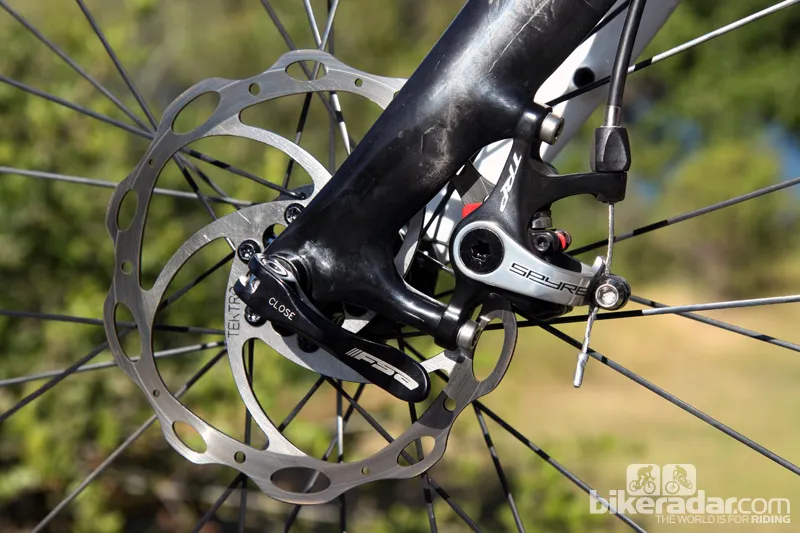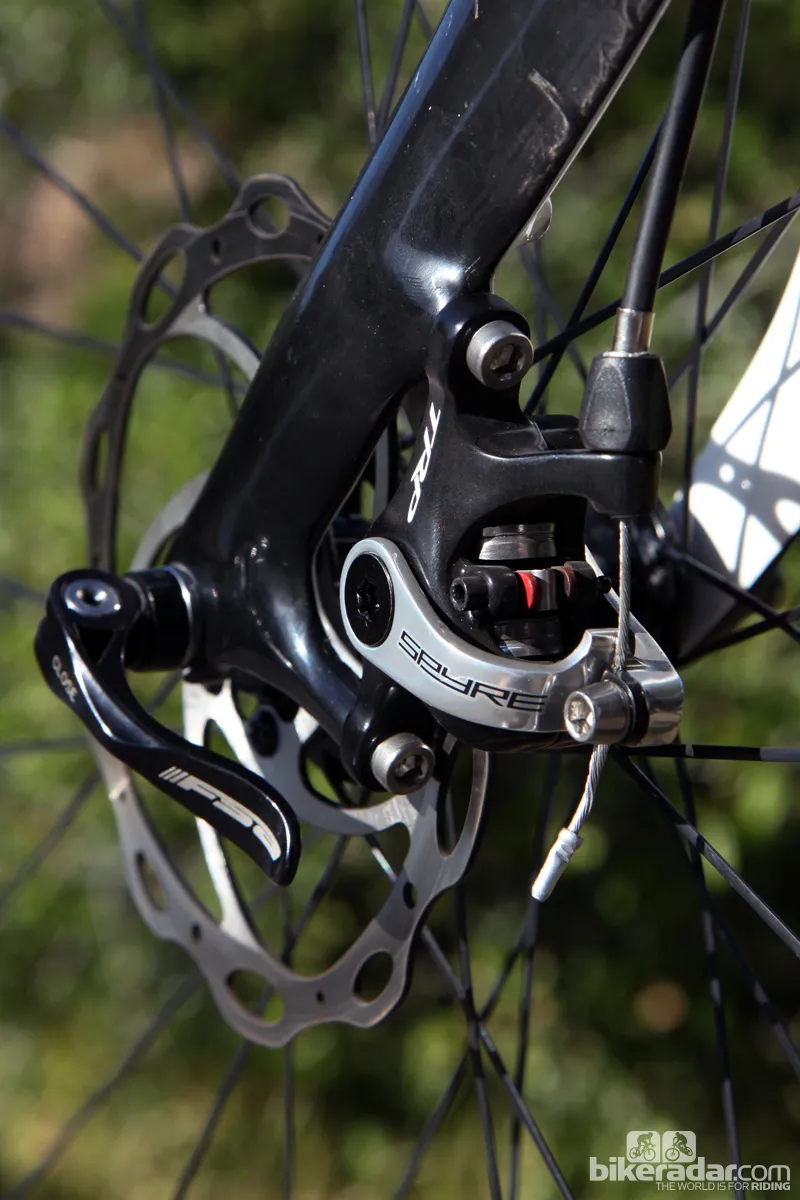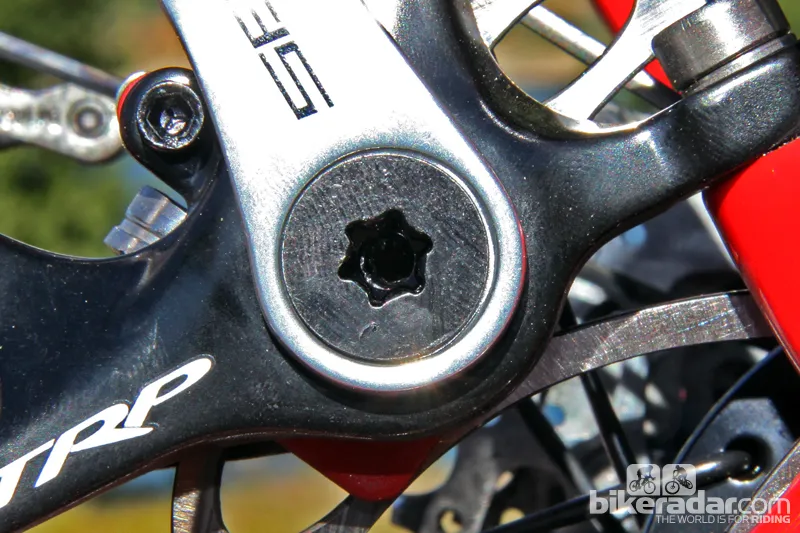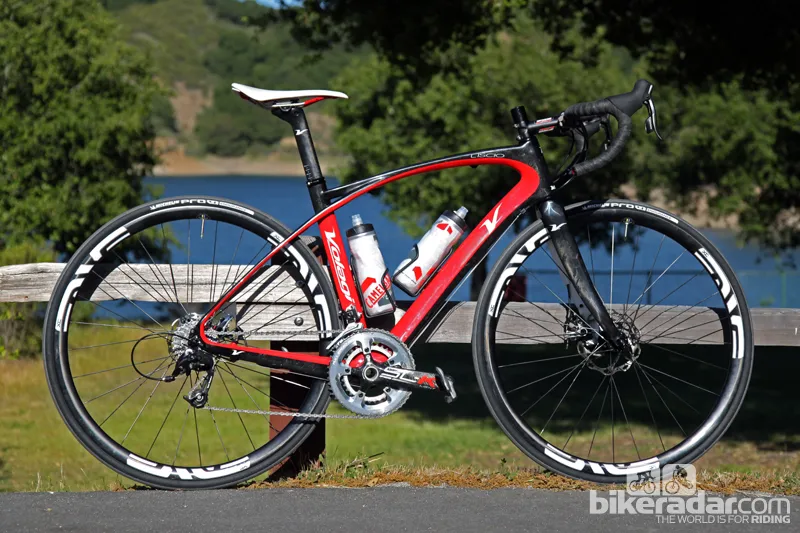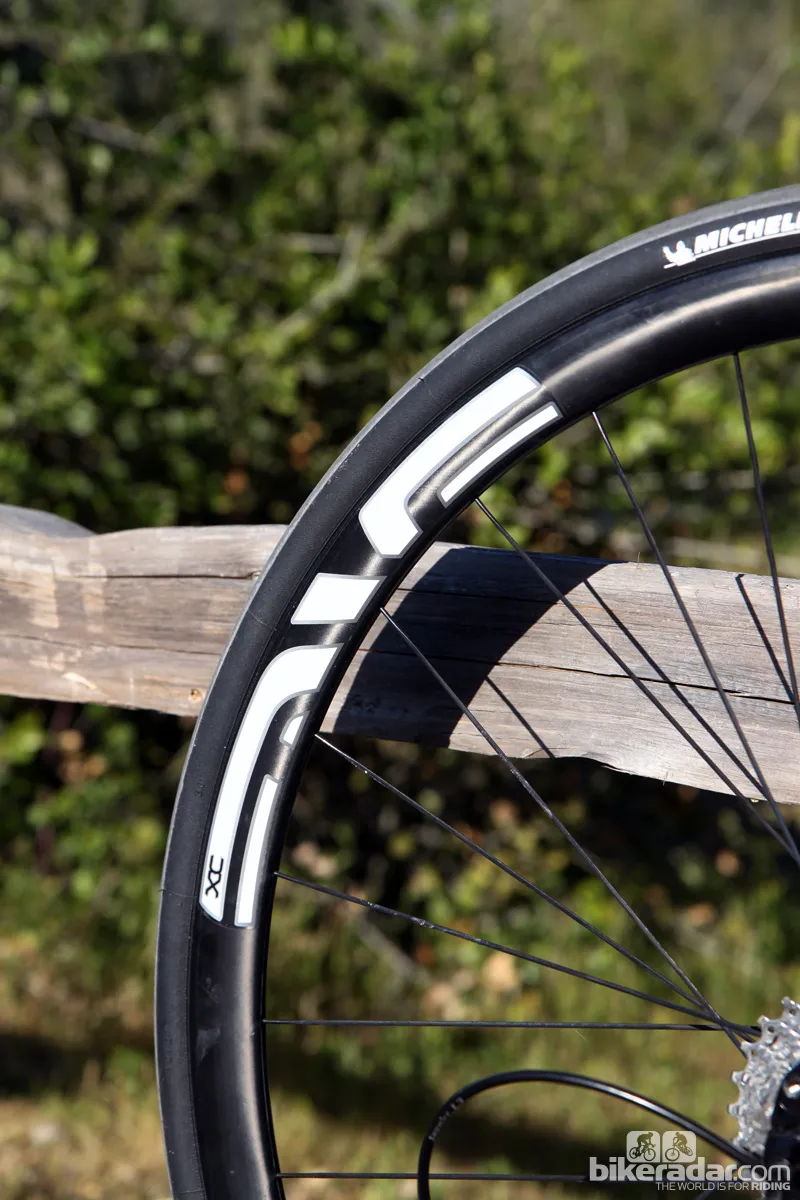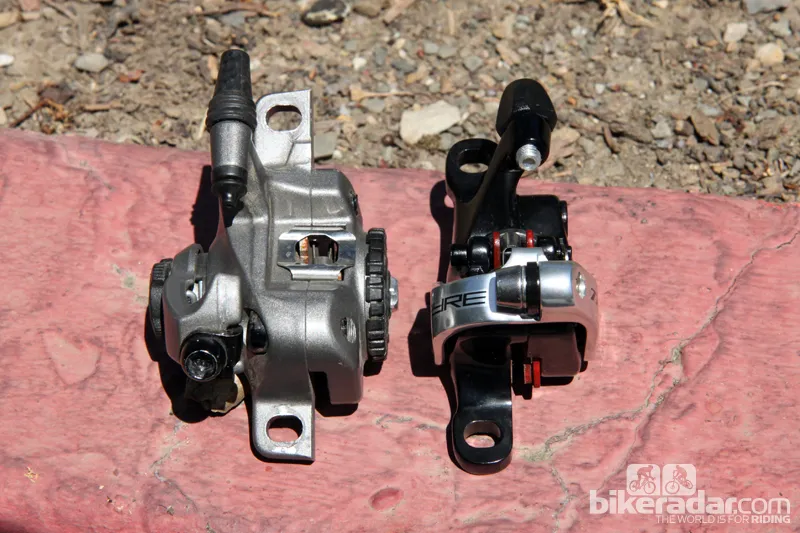We've already shared our experience with the new TRP HY/RD mechanical-hydraulic hybrid road/CX disc brake, and now we can supplement that with first impressions on the corresponding cable-actuated Spyre. Though it shows a lot of promise, ultimately its modest bite might not win over many rim brake users.
There's a lot to like about the new TRP Spyre (US$80/£70 per wheel with 160mm or 140mm rotors) and the higher-end, carbon fiber-infused Spyre SLC (US$110/£90 with 160mm or 140mm rotors).
At 239g for the complete standard version (claimed, with post mount hardware and 160mm-diameter rotor) and 231g for the SLC, it's nearly 100g lighter than Avid's benchmark BB7 Road and still more than 60g lighter than the new BB7 Road SL.
TRP has also given the Spyre a symmetrical dual-piston design with two sets of ramps and ball bearings that move the pads evenly against the rotor, as opposed to the single-piston layout used by every other major contender.
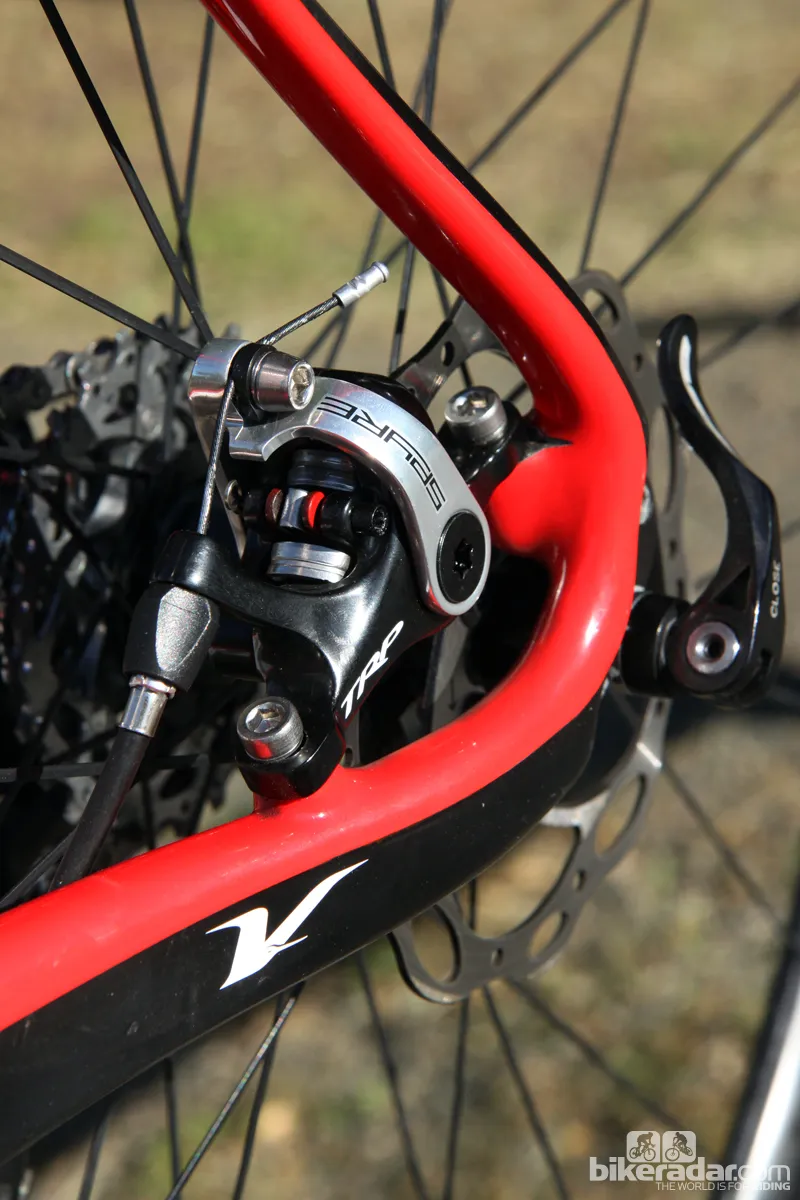
The dual piston design is an advantage over competitors
The trim and distinctly modern-looking body look admirably up to date. Plus, it's about 20mm narrower than the BB7 for improved heel clearance, especially on frames with chain stay-mounted disc tabs.
However, it's TRP's claims of delivering 20 percent more power than the BB7 that we take issue with. As expected, peak power definitely isn't as good as on the HY/RD. But during our early test session, at least, it doesn't seem as good as the BB7 when paired with a 160mm-diameter rotor.
Initial bite is somewhat so-so and, whether it's due to a too-soft pad compound or some sort of other mechanical losses in the system (we were using Jagwire compressionless housing, by the way), power didn't ramp up in a predictably linear fashion.
Even with a freshly bedded-in rotor and pads, we still had to pull the lever harder than expected to dump speed for a tight downhill corner. We found the SRAM Rival lever on our Volagi Liscio test bike to feel a bit spongy as well. Although, in fairness, newer SRAM or Shimano levers would yield a firmer feel thanks to their increased cable pull.
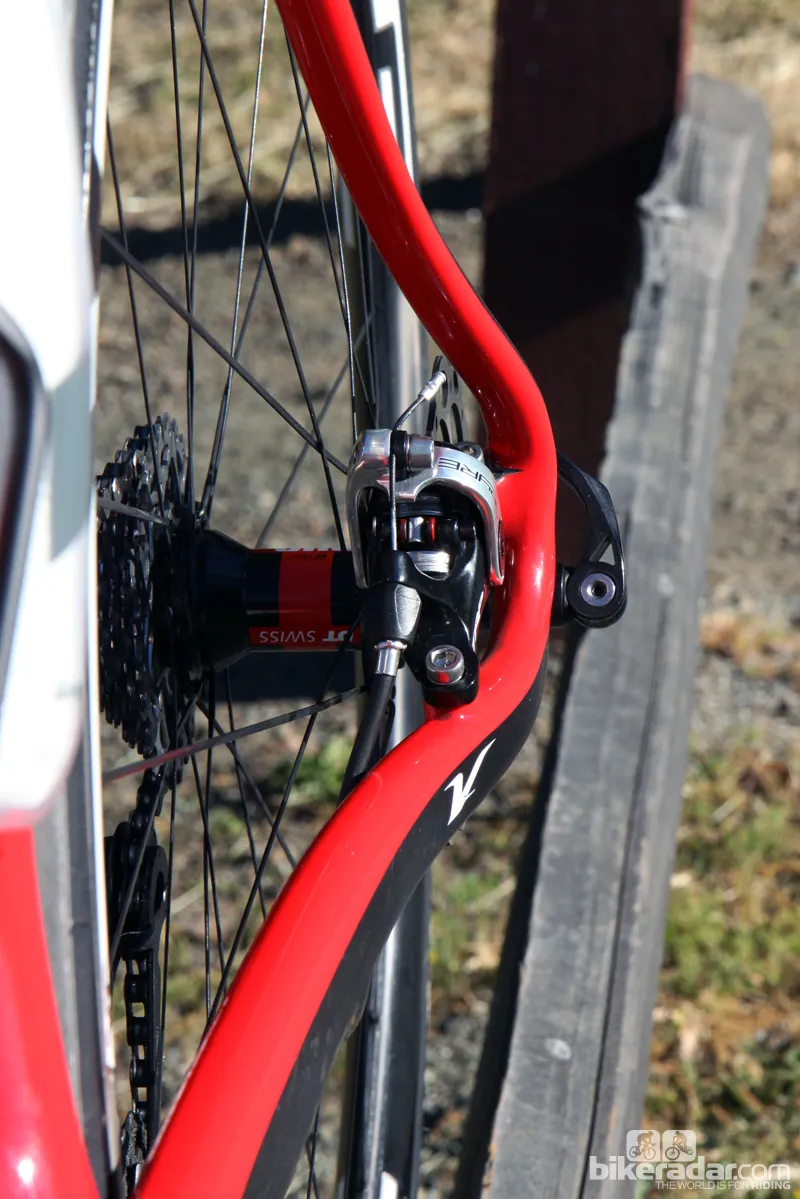
The new TRP Spyre is impressively narrow
We'll reserve final judgment (and a score) on the Spyre until we're able to get a pair installed on a familiar bike – and we'd also like to try a different pad compound with a higher friction coefficient.
As is, we remain intrigued with the new brake and are still happy TRP has invested the resources for a new cable actuated disc option. But let's just say our initial enthusiasm has waned a little.
